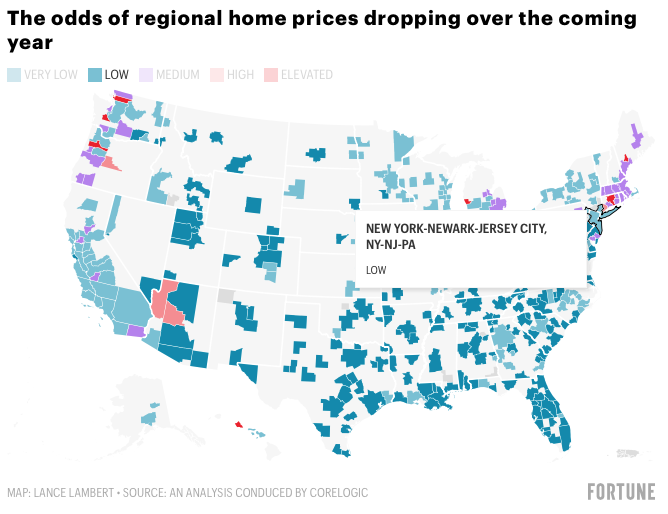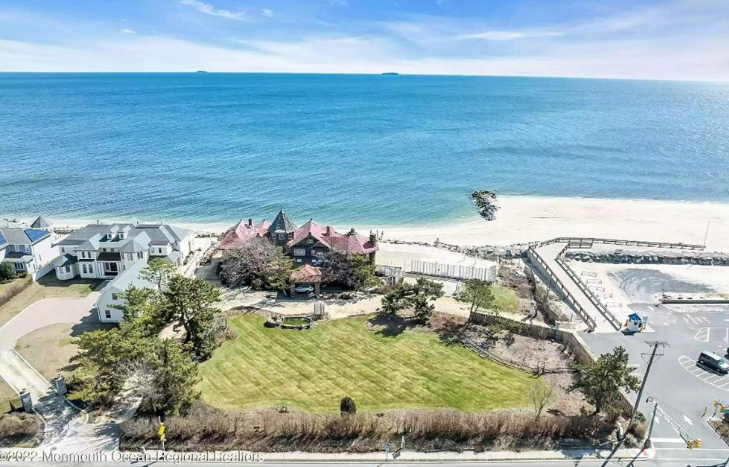From CNN:
The ‘Great Reshuffling’ played a big part in pushing home prices higher
The pandemic changed the way people lived and, for many, where they lived. Working from home was a significant driver of this “Great Reshuffling” and accounted for more than half of the steep increases in home prices seen during the pandemic, new research has found.
Remote work allowed some people to move to places farther away from their office and prompted others to buy larger homes to accommodate their new lifestyles. The demand for more house and the ability to move to warmer climates played a sizable role in pushing home prices higher, according to a new National Bureau of Economic Research working paper by researchers from the Federal Reserve Bank of San Francisco and the University of California, San Diego.
Home prices grew by 23.8% during the pandemic, according to the researchers’ population-weighted analysis of Zillow’s home price index between December 2019 and November 2021. And the study found that remote work accounted for 15.1% of that growth.
The findings suggest there was more than just speculation behind the turbo-charged growth in home prices during the pandemic, said Johannes Wieland, an associate professor of economics at the University of California, San Diego, and co-author of the study. He added that the evolution of remote work is likely to have a large impact on the future path of home prices and inflation.
“We were pretty shocked remote work had this impact, once we saw the estimates,” Wieland said. “We thought about how people moving to different locations would be important. And it is. But it is the people who are remaining in a metro area — the people who need more space at home if they work at home — that is really pushing up prices. That is the majority of the story.”


